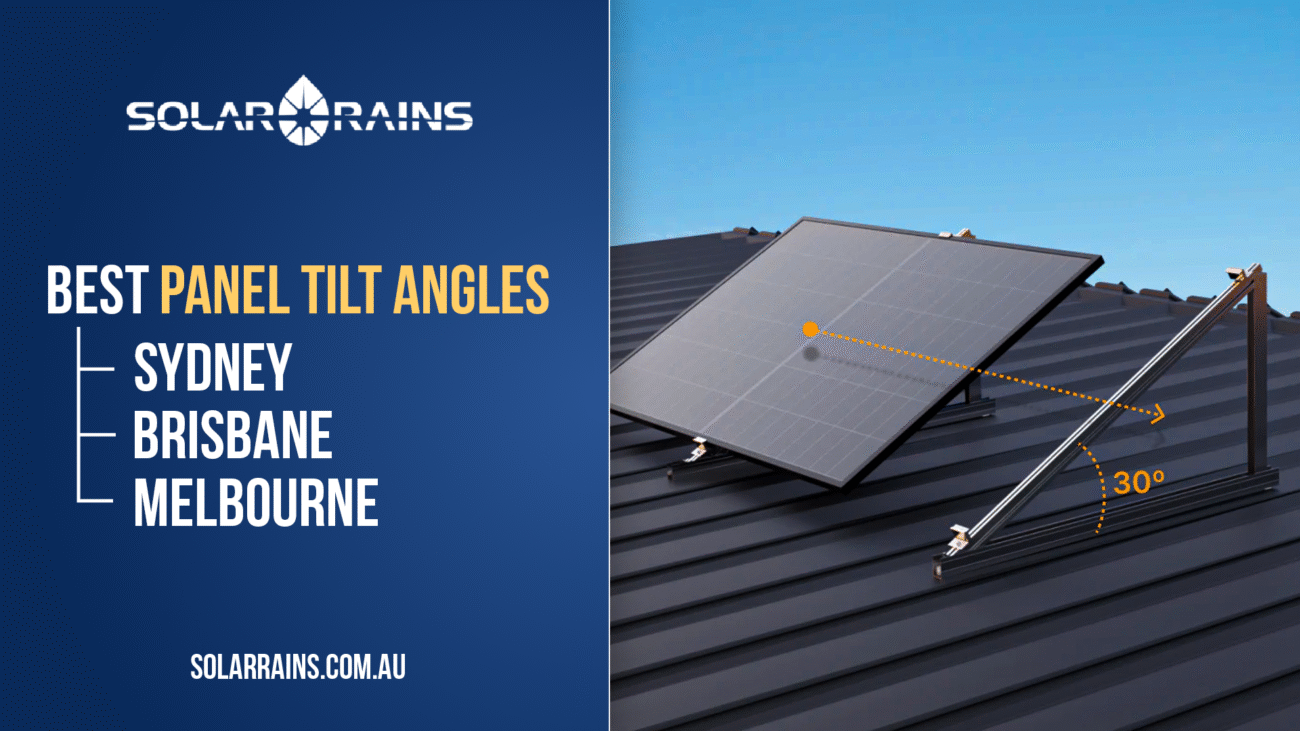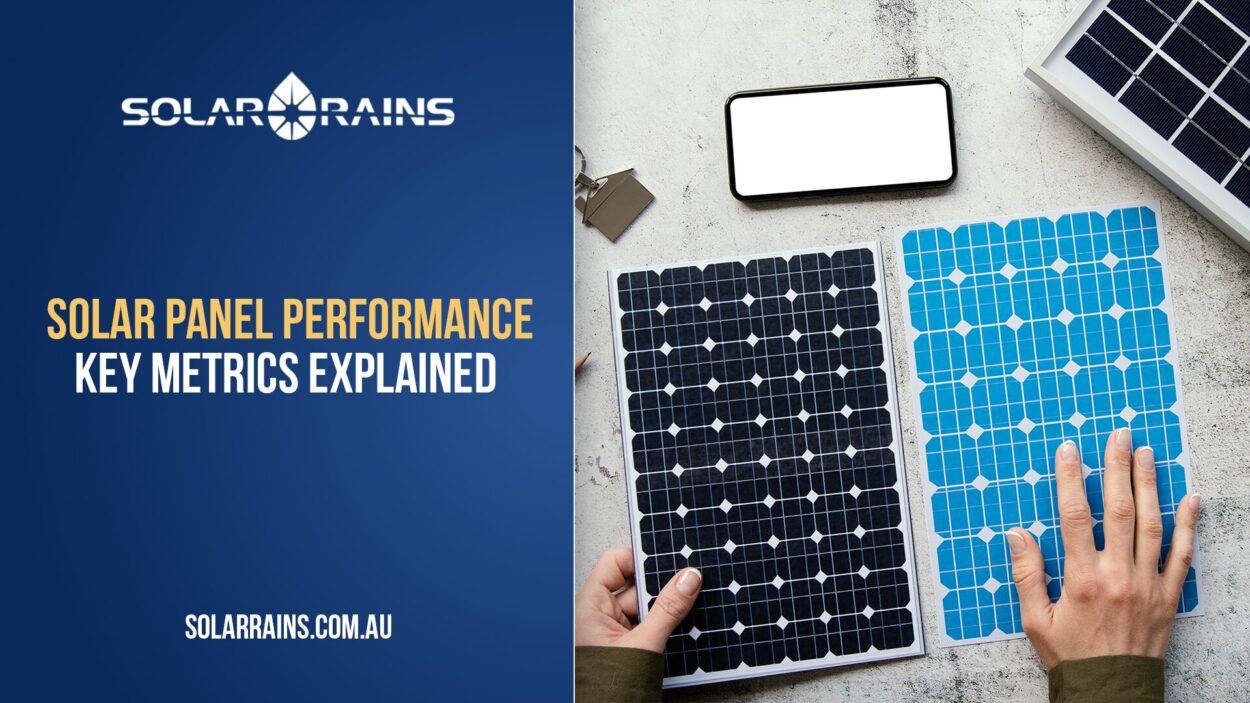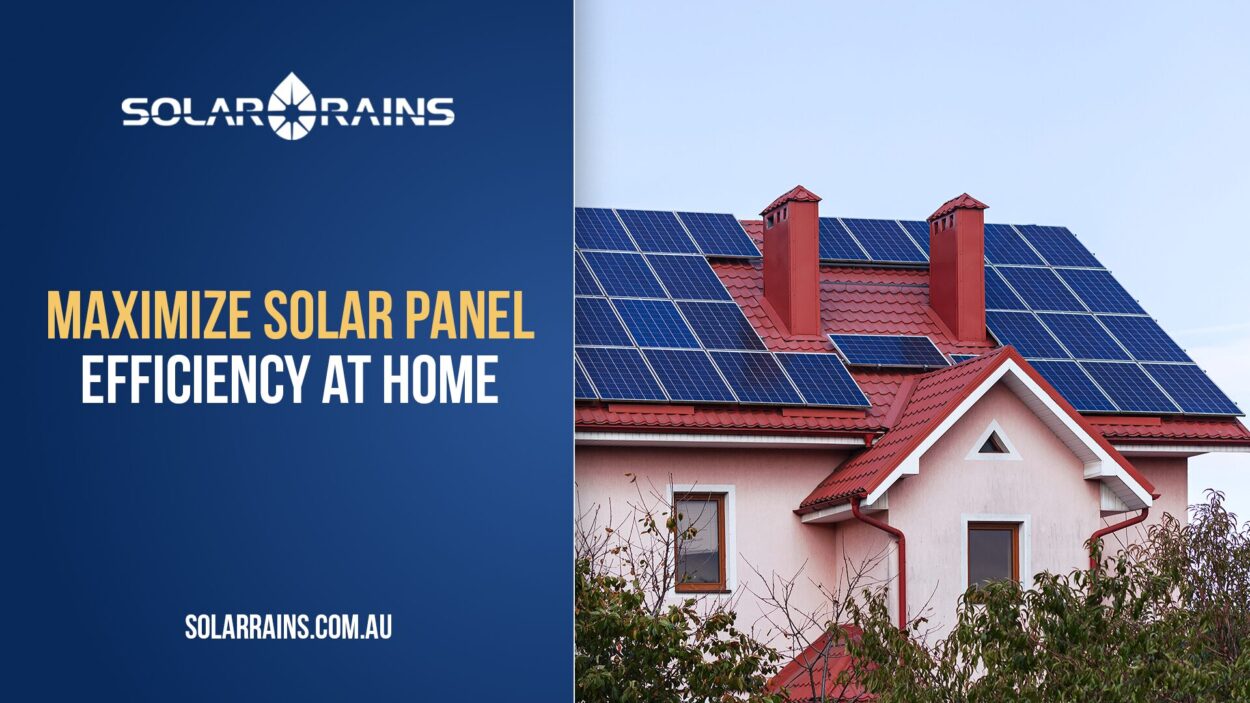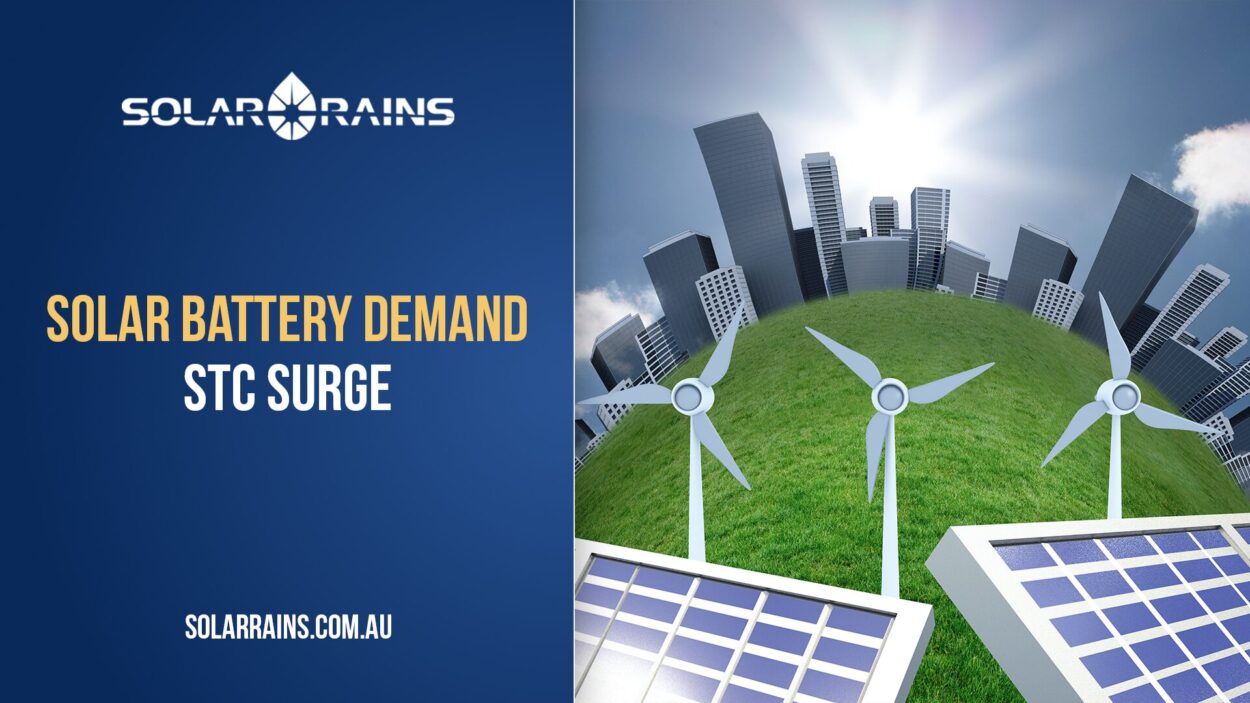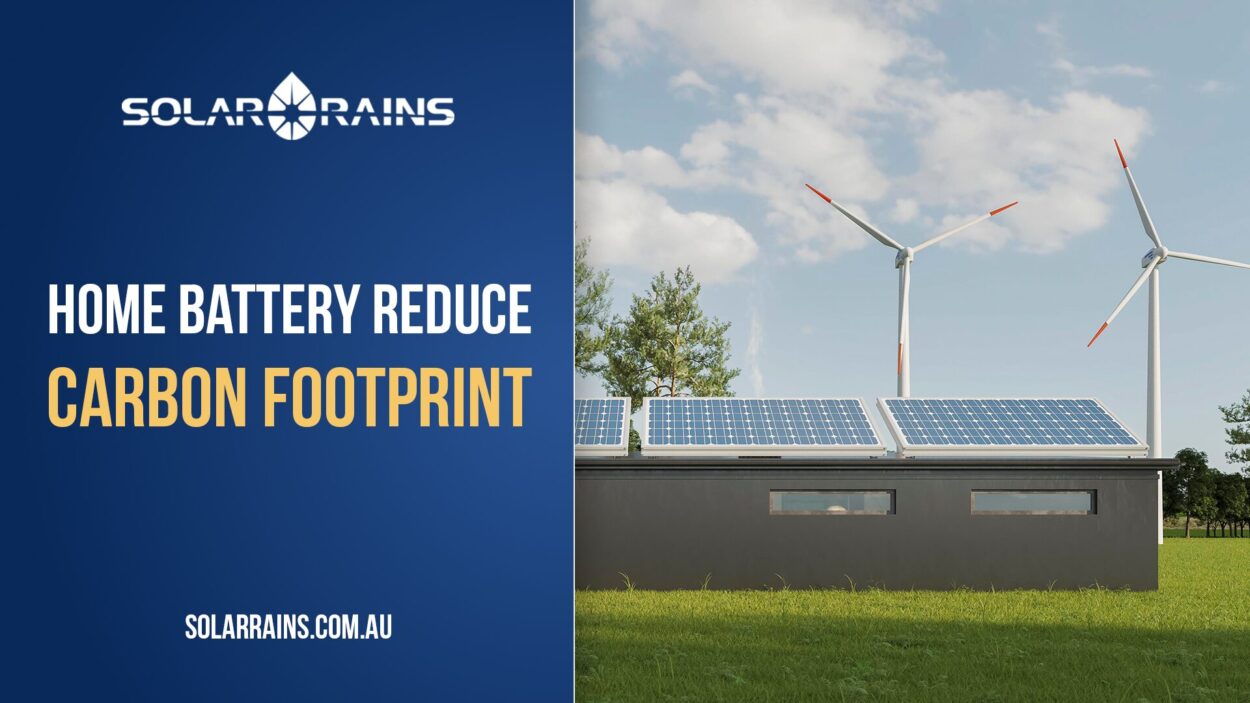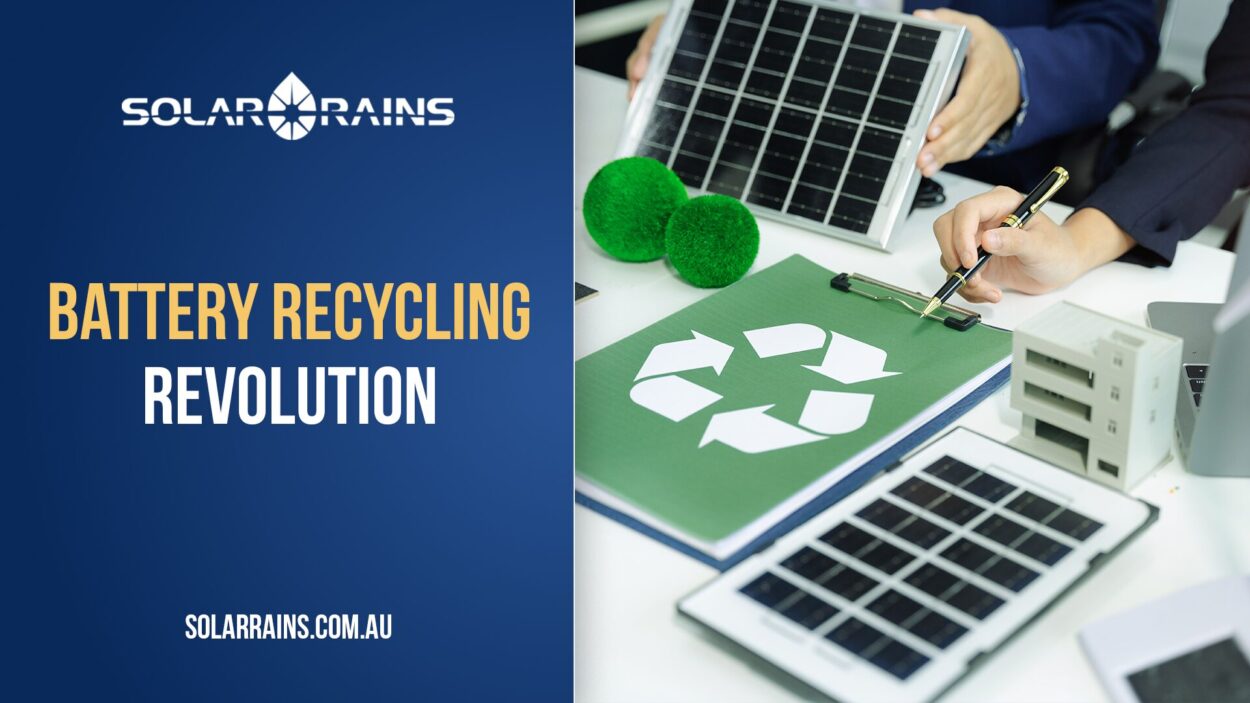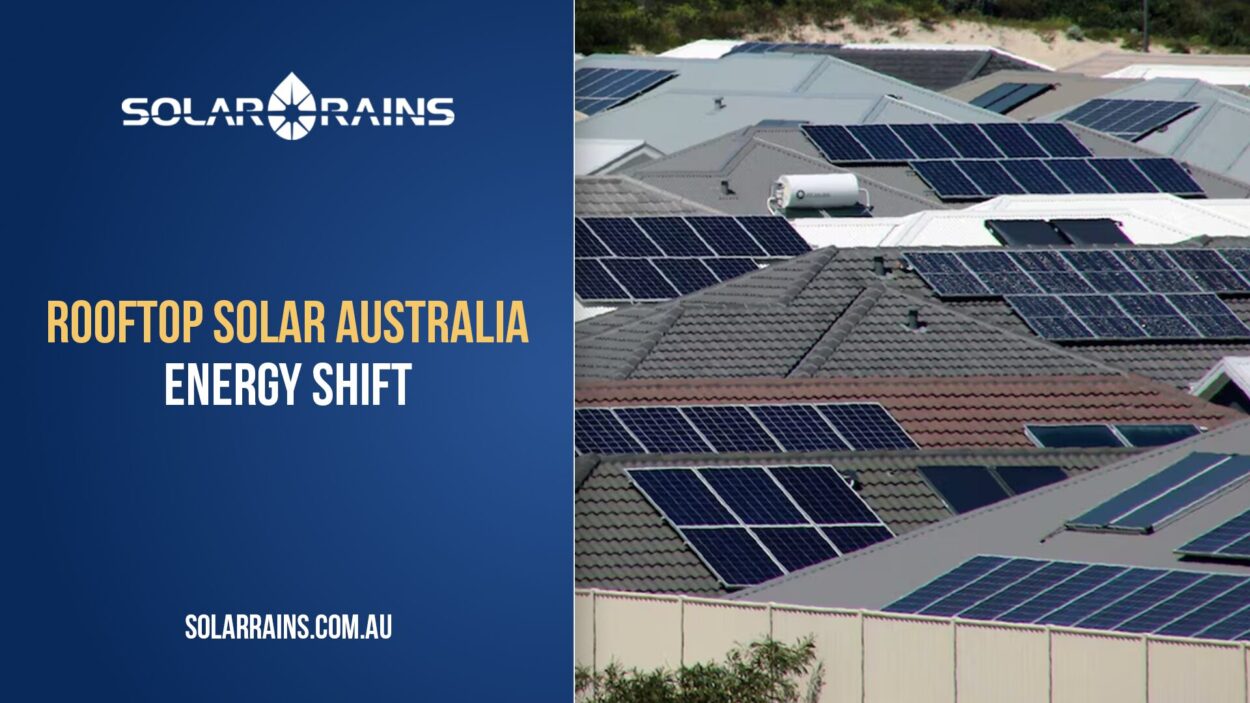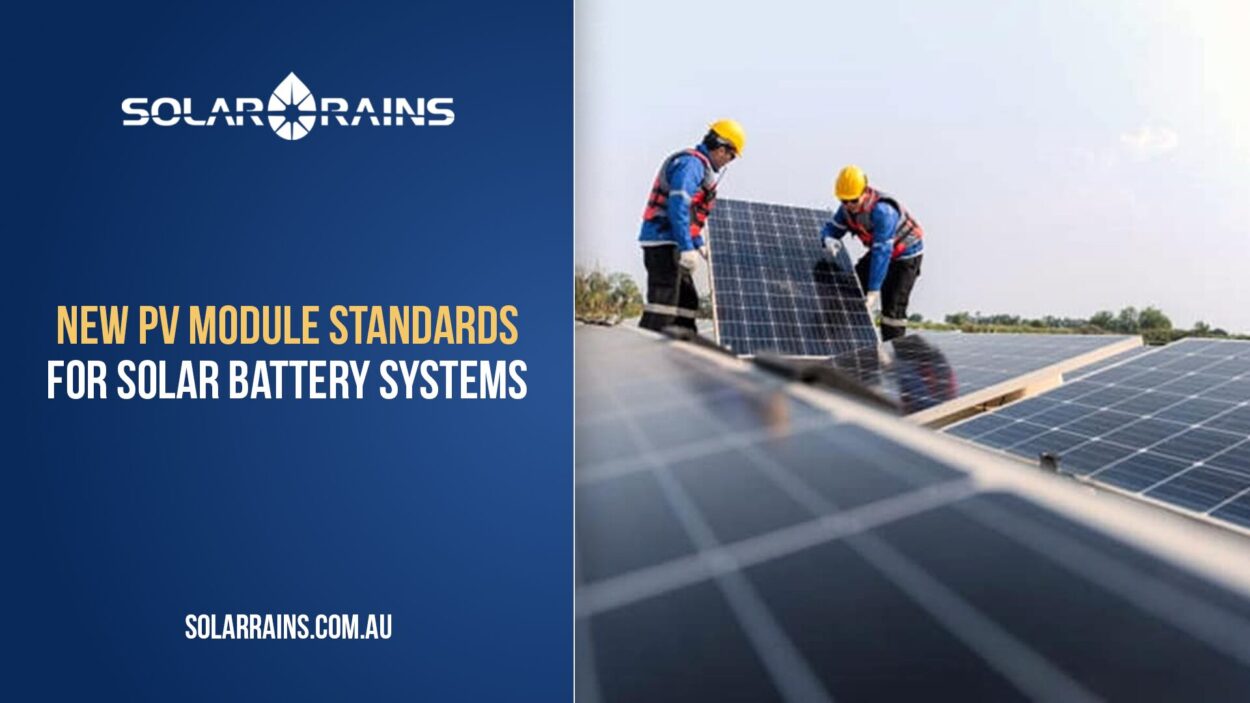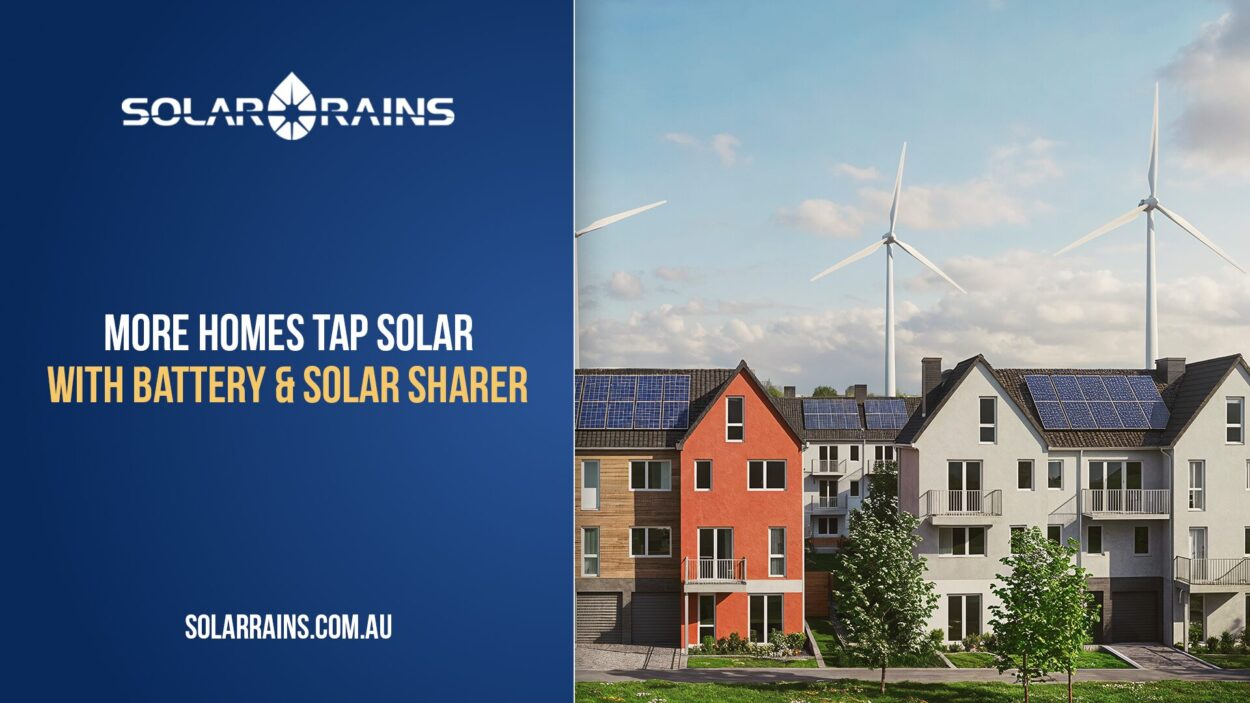Why Panel Tilt Angle Matters
In Australia, where sunlight is abundant and energy independence is on the rise, the efficiency of a rooftop solar system relies not only on the number or quality of panels, but also on how they’re positioned. One critical factor that often gets overlooked is panel tilt angle the vertical angle at which a solar panel is installed relative to the ground.
A correct tilt angle ensures that your panels absorb the maximum possible solar radiation throughout the year. This leads to better energy yields, improved solar battery performance, and long-term cost savings. Incorrect angles can result in lower output, under-utilised battery storage, and even faster panel degradation.
This article provides a city-specific guide to optimal tilt angles for Sydney, Brisbane, and Melbourne, with practical insights for homeowners and businesses. Whether you’re working with an installer or doing your own due diligence, understanding tilt angles is essential for maximising returns from your solar products.
Understanding Solar Tilt Angles
What Is a Tilt Angle?
The tilt angle is the degree at which your solar panels are angled upwards from a flat horizontal surface. It’s typically calculated based on your latitude, local climate conditions, and energy consumption pattern.
Why Tilt Angle Affects Solar Efficiency
Solar panels generate the most power when sunlight hits their surface perpendicularly. A well-calculated tilt angle:
- Increases solar panel output by up to 15–25% annually.
- Maximises solar battery charging efficiency.
- Reduces dirt accumulation and water pooling, improving panel lifespan.
- Enhances overall system ROI, particularly in residential battery and home battery setups.
For example, a 10kW system in Sydney may generate 2–3 kWh less per day if the panels are set too flat or too steep, leading to less stored energy in your battery and higher reliance on the grid.
Therefore, tilt angle is not a detail to be skipped. It’s a key engineering decision that directly impacts the performance of your solar investment—whether you’re buying through a solar product wholesale dealer or installing for your home.
Ideal Tilt Angles by City
Sydney
- Latitude: 33.9° S
- Best Year-Round Tilt: 30°–33°
- Winter Optimised Tilt: 40°
- Summer Optimised Tilt: 20°
Sydney experiences balanced seasons, so a tilt angle close to latitude (≈33°) works well year-round. If your household uses more electricity in winter (heating), a steeper tilt is ideal to capture low-angle sun. For summer-heavy loads (AC), a shallower angle works best.
Brisbane
- Latitude: 27.5° S
- Best Year-Round Tilt: 25°–27°
- Winter Tilt: 35°
- Summer Tilt: 15°
Brisbane’s subtropical climate allows for more flexibility. A 25° tilt maximises daily yield across the year. If using a hybrid battery system to store solar power for later use, maintaining a moderate year-round angle ensures steady battery charging.
Melbourne
- Latitude: 37.8° S
- Best Year-Round Tilt: 35°–38°
- Winter Tilt: 45°
- Summer Tilt: 25°
Melbourne has more cloudy days and variable solar intensity. A steeper tilt helps panels collect more sunlight during winter’s low sun path, crucial for consistent battery replenishment.
Summary Table
| City | Latitude | Best Year-Round Tilt | Winter Tilt | Summer Tilt |
| Sydney | 33.9° | 30°–33° | 40° | 20° |
| Brisbane | 27.5° | 25°–27° | 35° | 15° |
| Melbourne | 37.8° | 35°–38° | 45° | 25° |
Fixed vs Adjustable Mounts
Fixed Mounts
These are the most common and cost-effective. The angle is set during installation and does not change. If you choose this route:
- Set tilt close to your latitude for year-round performance.
- Ideal for homeowners who prioritise low maintenance.
Adjustable Mounts
Allow changing the tilt manually or automatically by season.
- Pros: Higher annual energy yield (up to 10–20% more).
- Cons: More expensive, requires manual labour or added mechanics.
Businesses or off-grid systems using high-capacity solar batteries may benefit from these setups for precise energy planning.
Tilt Angles & Battery Storage
A well-angled panel setup ensures your solar battery gets charged to its full potential. If your panels underperform due to poor tilt, the battery may only fill halfway on cloudy days—resulting in power outages or higher grid reliance.
Hybrid systems with smart inverters can partially mitigate tilt inefficiencies by optimising charge timing, but physical positioning remains the foundation of performance.
A good tilt strategy:
- Enables peak generation during high-demand hours.
- Reduces charge/discharge cycles—extending battery lifespan.
- Supports smart management in VPPs (Virtual Power Plants).
If you’re investing in a home battery or commercial battery, don’t let an incorrect panel tilt become your weakest link.
Additional Factors to Consider
Roof Type & Orientation
North-facing roofs are ideal. If your roof is east/west-facing, a tilt frame may help compensate.
Shading
Even with a perfect tilt, nearby trees, chimneys, or other buildings can reduce output. Run a solar access simulation or consult your solar supplier before installation.
Panel Cleaning
Tilts of 15°+ help self-cleaning with rain. Panels too flat may accumulate dust and debris, reducing efficiency and requiring more maintenance.
FAQs
It’s possible, but not recommended. Panels perform best at an angle. Flat installation may cause overheating, poor drainage, and lower yields.
Use the formula: Tilt = Latitude ± seasonal adjustment. You can also consult a certified installer or use tools like the Solar Calculator.
Indirectly, yes. A poor tilt can cause heat buildup or pooling water, which may lead to premature wear and affect your warranty claims.
If you use adjustable mounts and are comfortable with manual changes, yes. Otherwise, set your panels close to latitude for balanced year-round output.
Don’t worry. Panels today are efficient even with sub-optimal tilt. Focus on minimising shading and working with quality components like high-efficiency inverters and batteries.
Conclusion & Takeaways
Choosing the right panel tilt angle is not just an installer’s job—it’s a smart move for any solar system owner. In cities like Sydney, Brisbane, and Melbourne, understanding your location’s sun path helps you optimize output, improve solar battery performance, and cut energy costs long-term.
Whether you’re sourcing your system through a solar supplier or evaluating offers, tilt angle should be part of your checklist. It may not cost you more upfront, but getting it wrong can quietly drain hundreds of dollars a year in missed energy savings.For personalised advice, contact the Solar Rains team today, we’re here to help you get the most out of every ray of sunshine.

